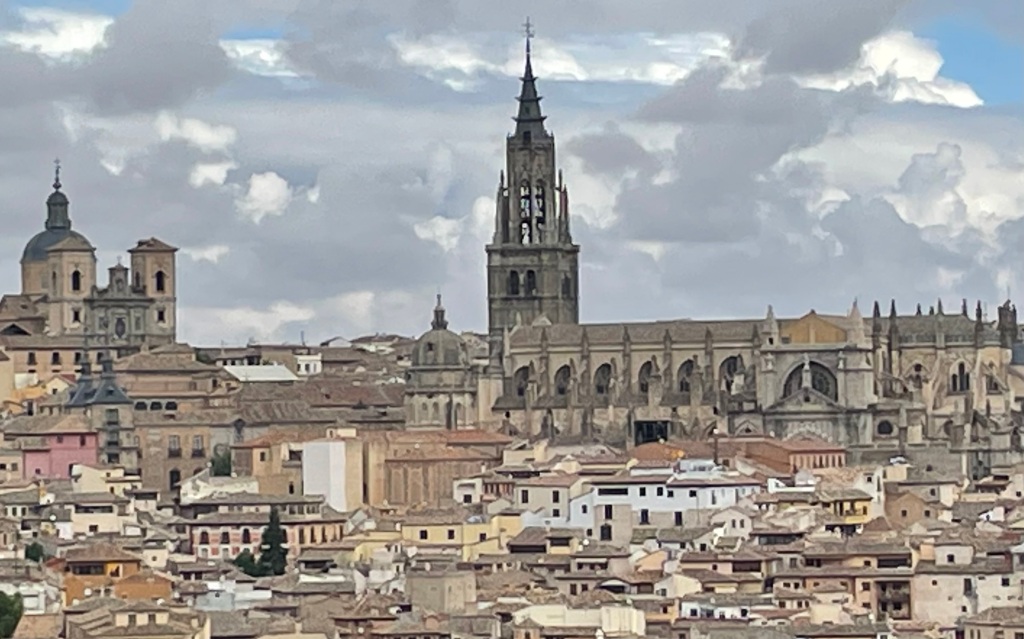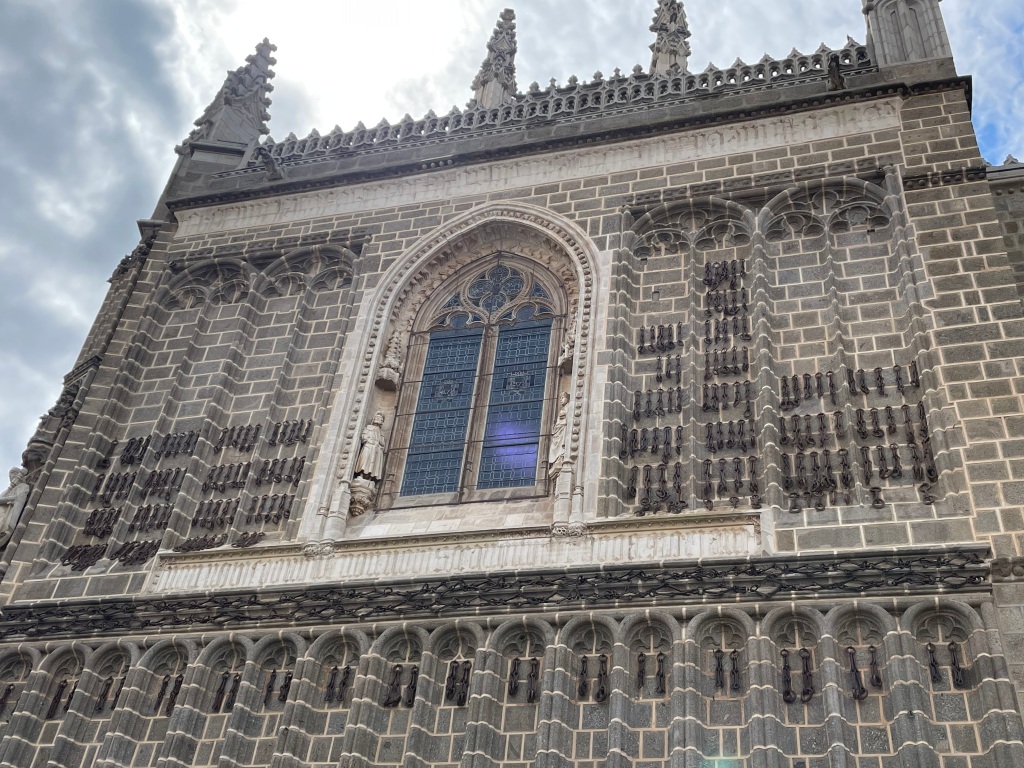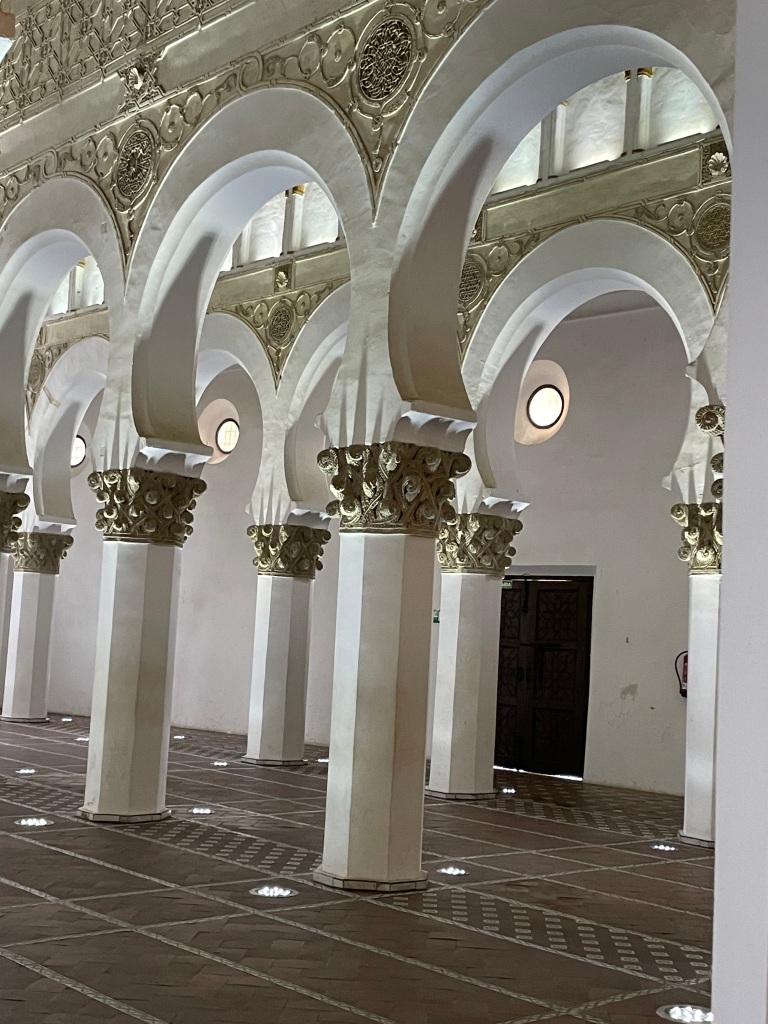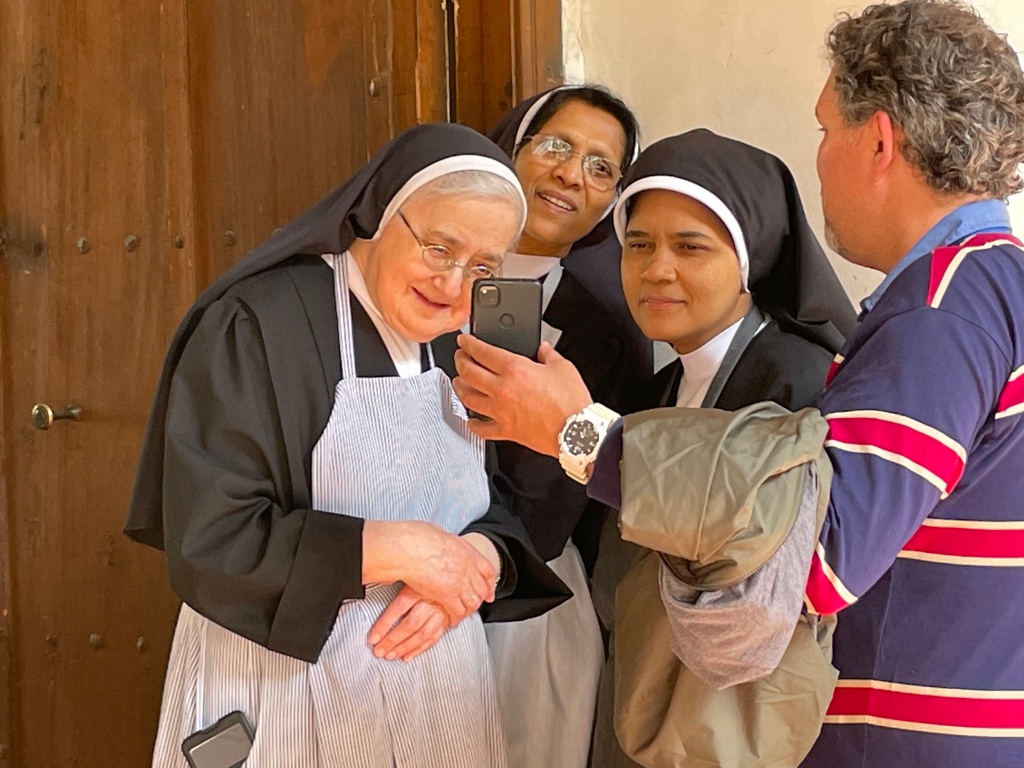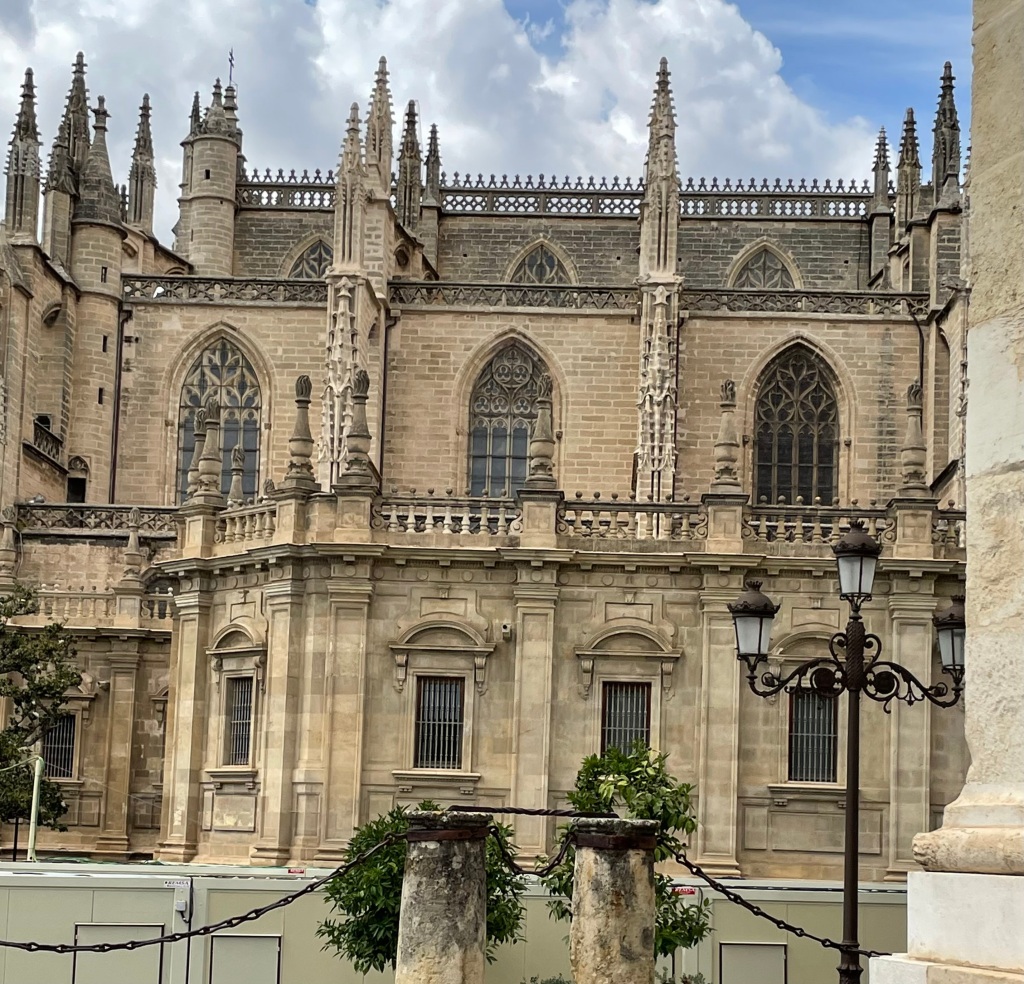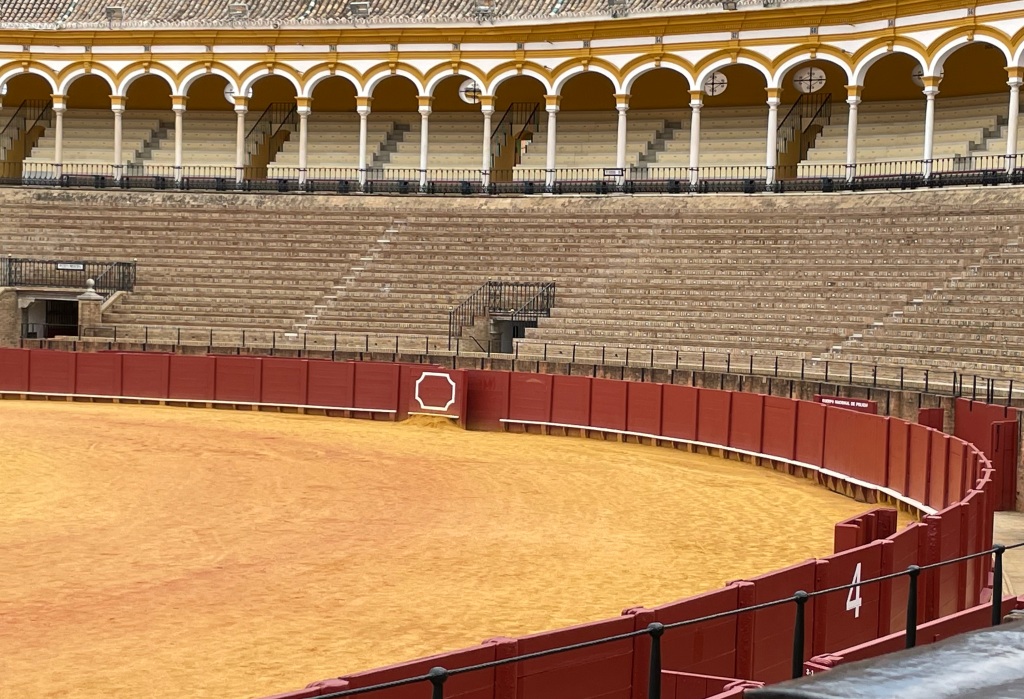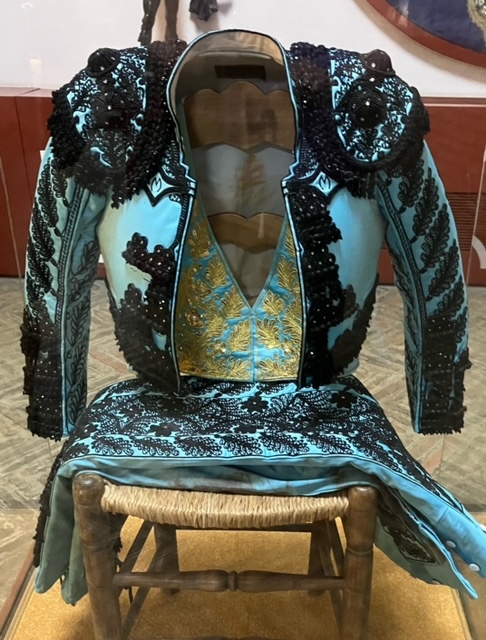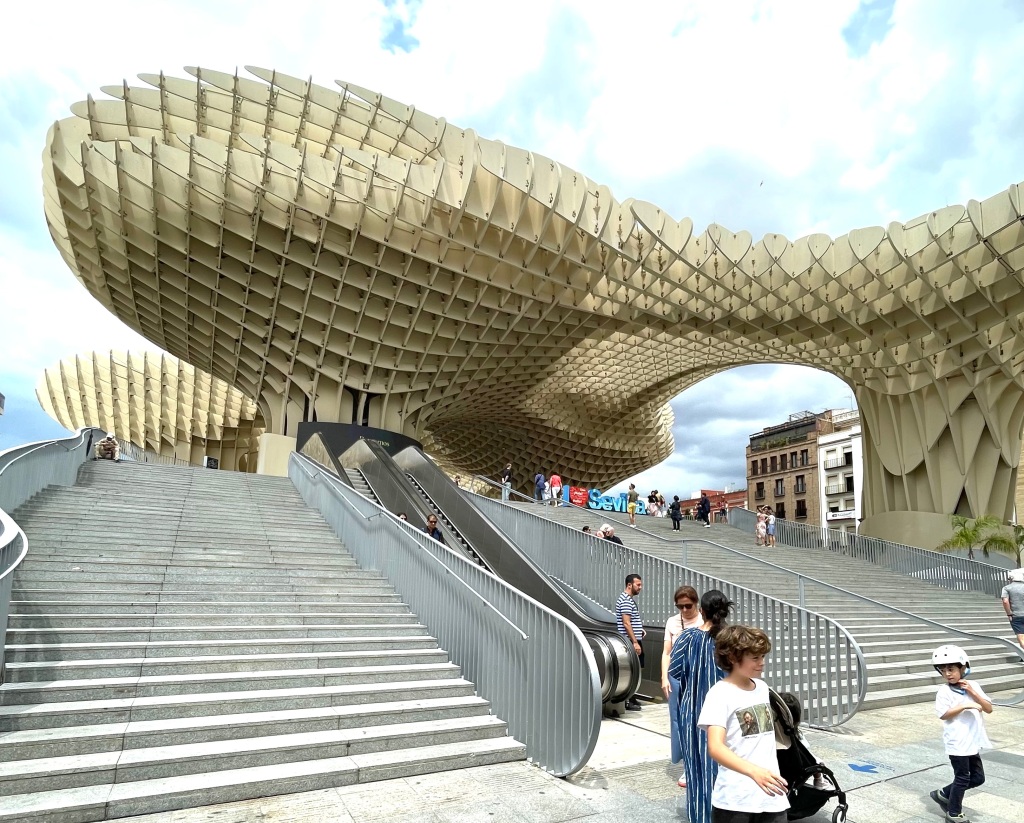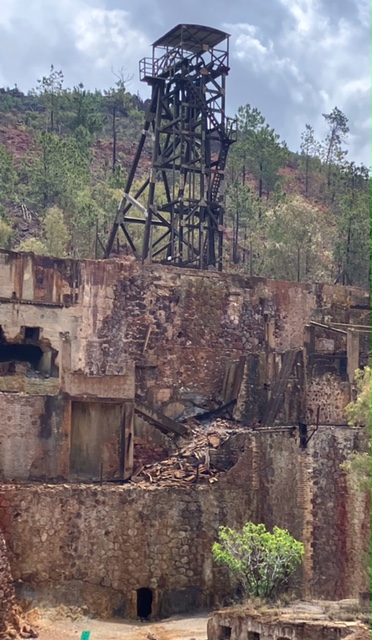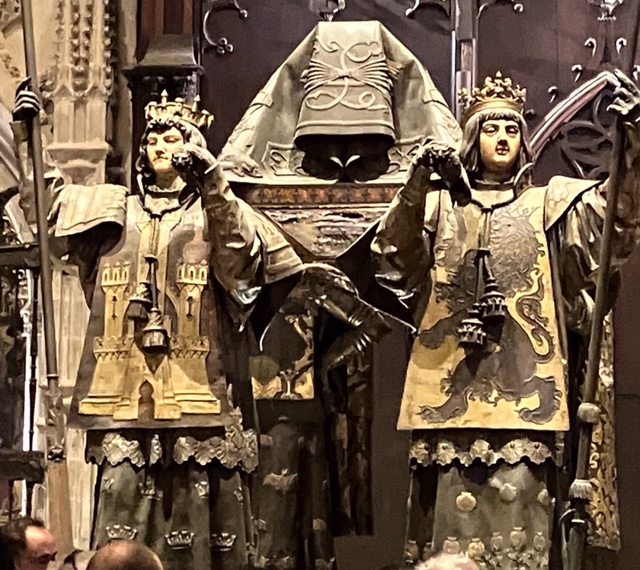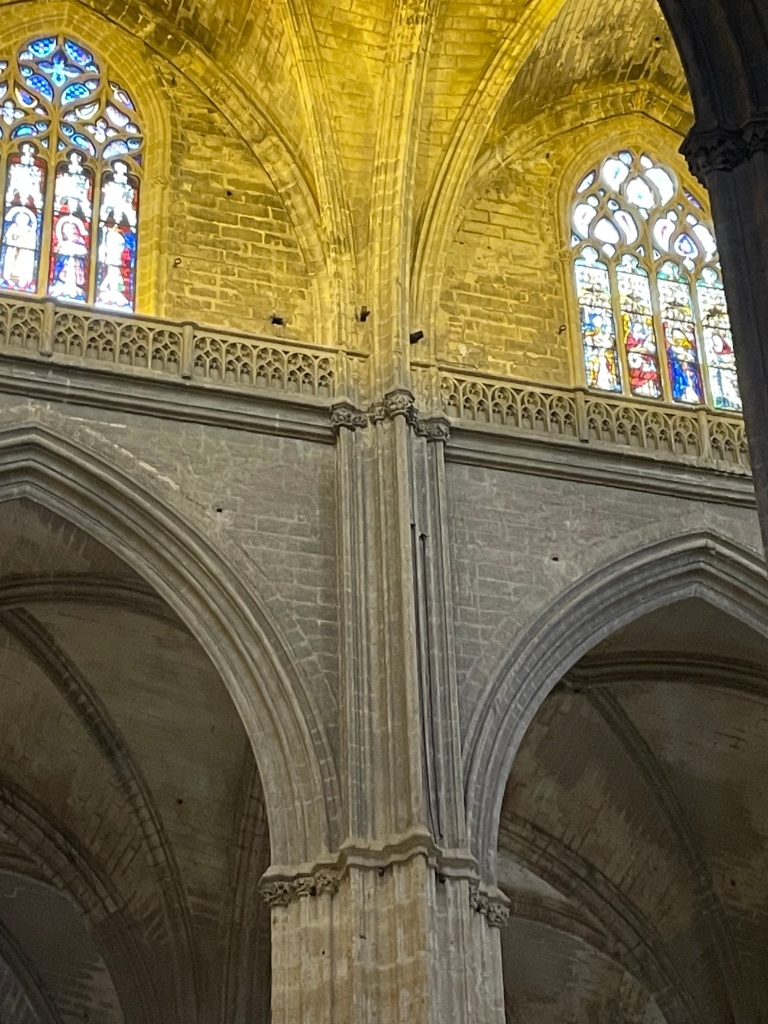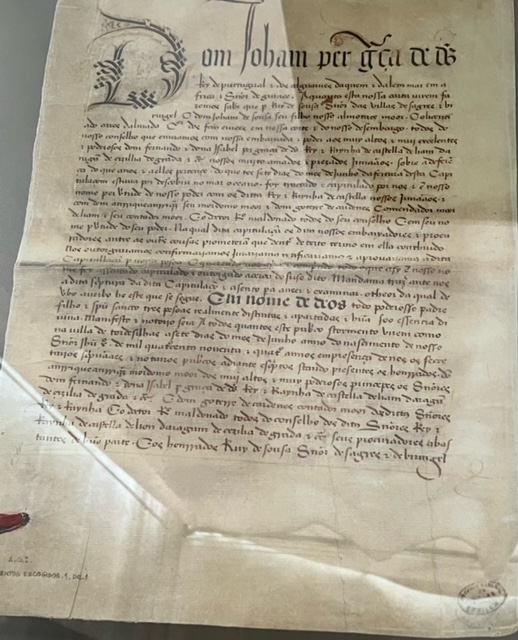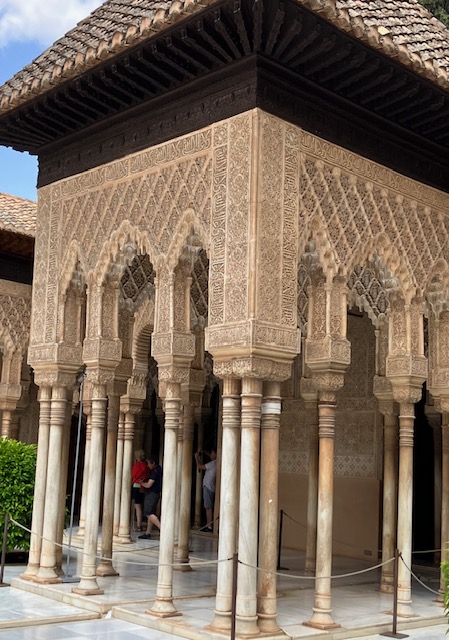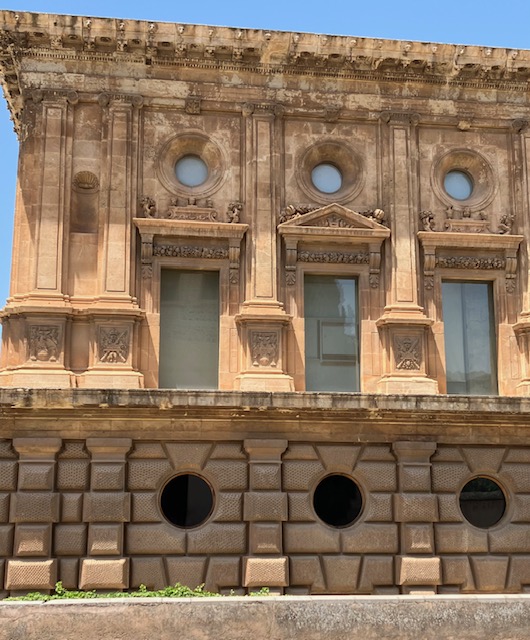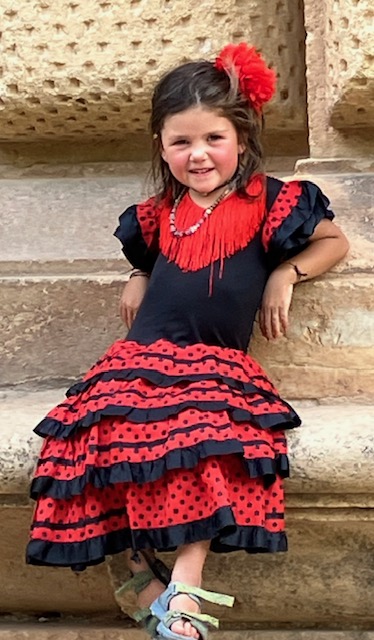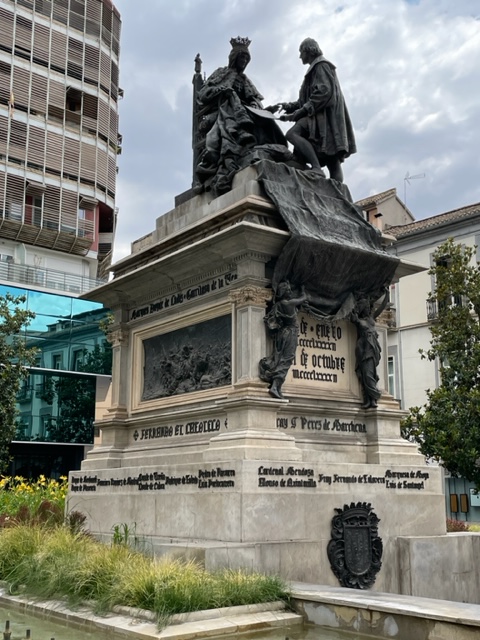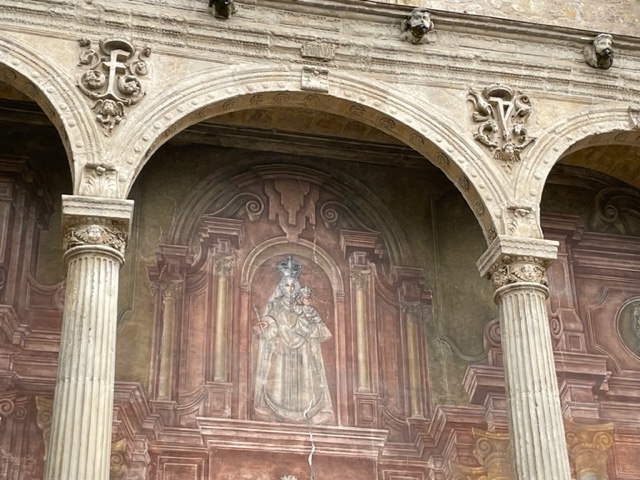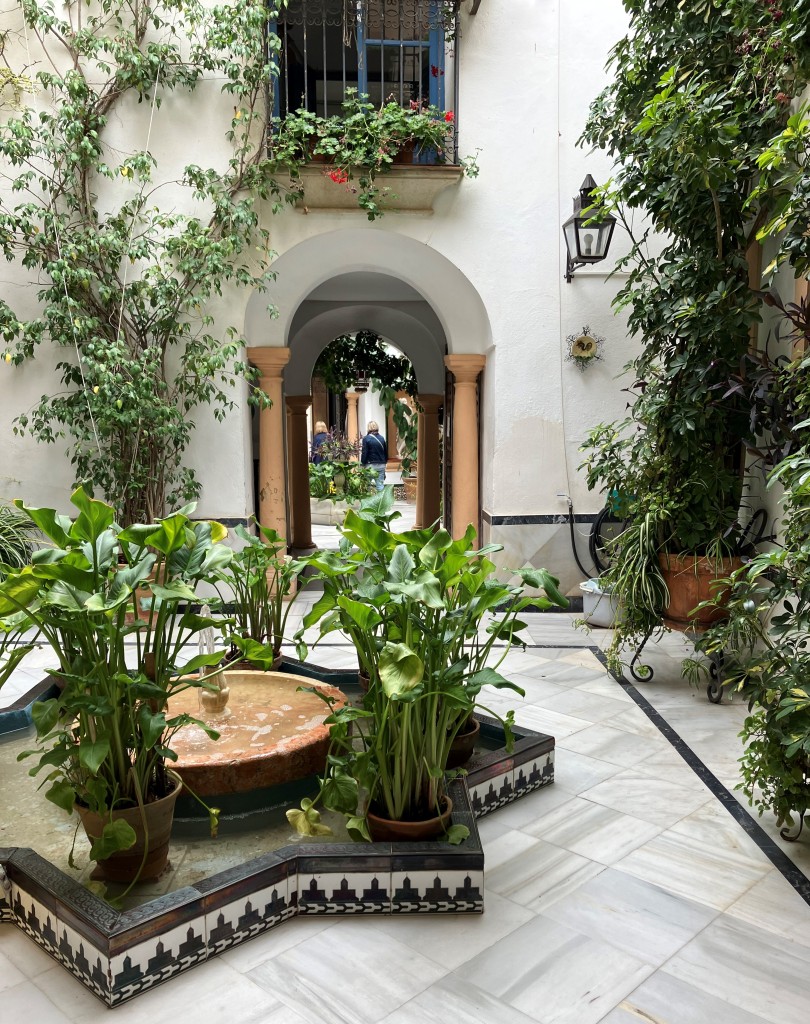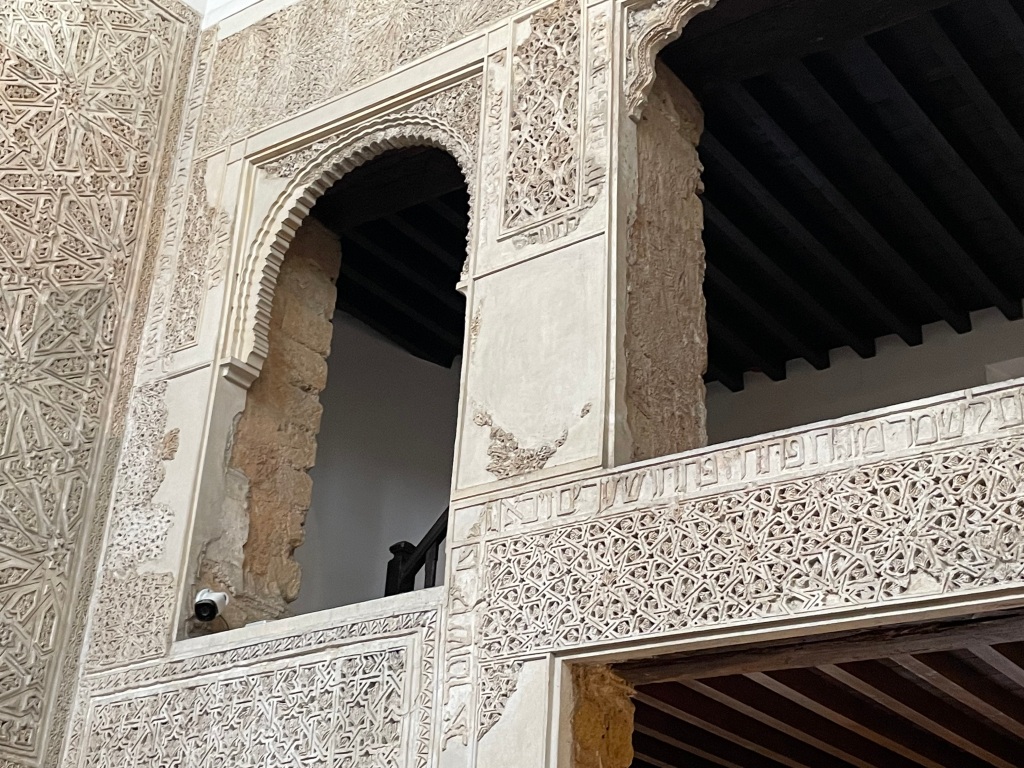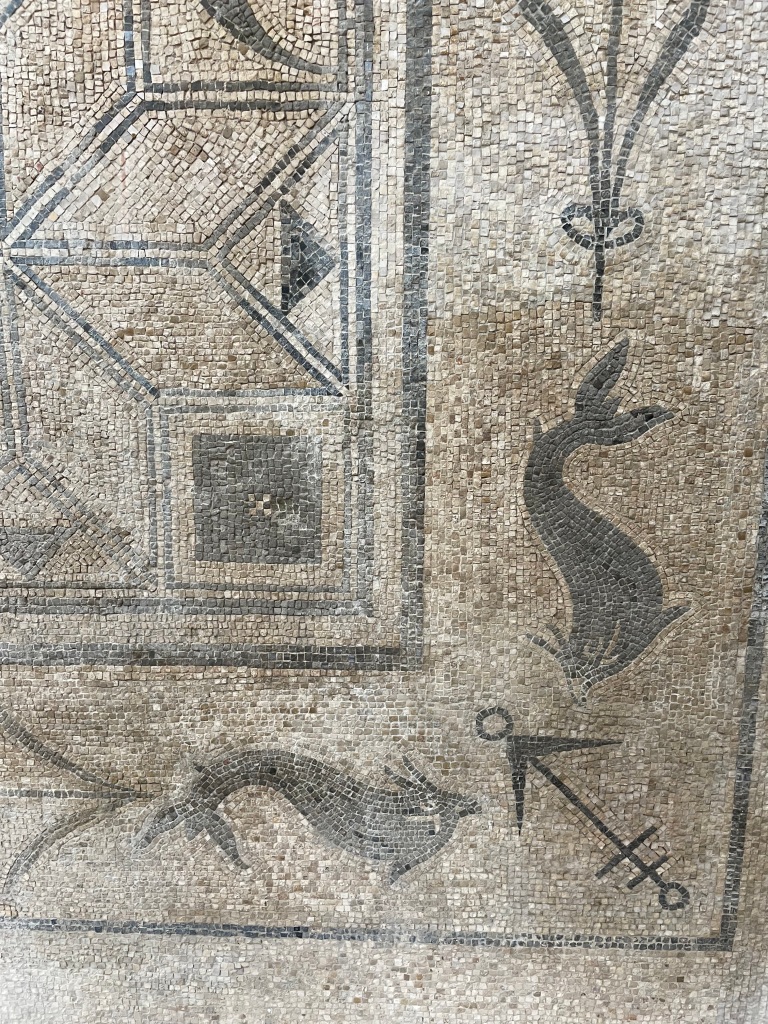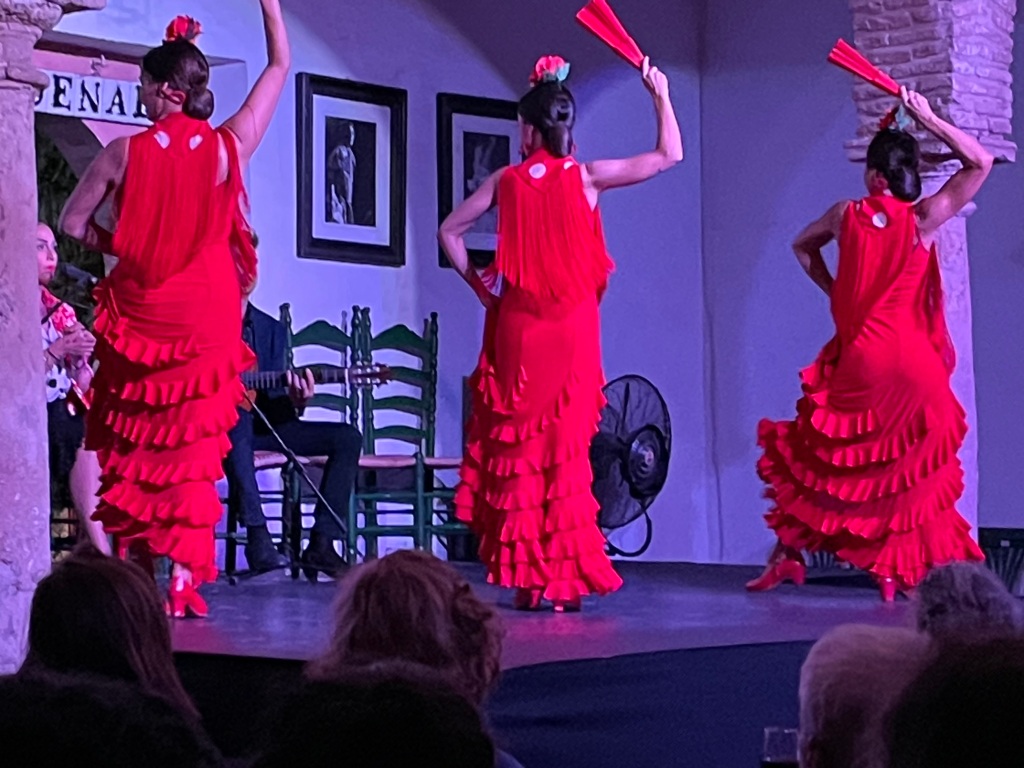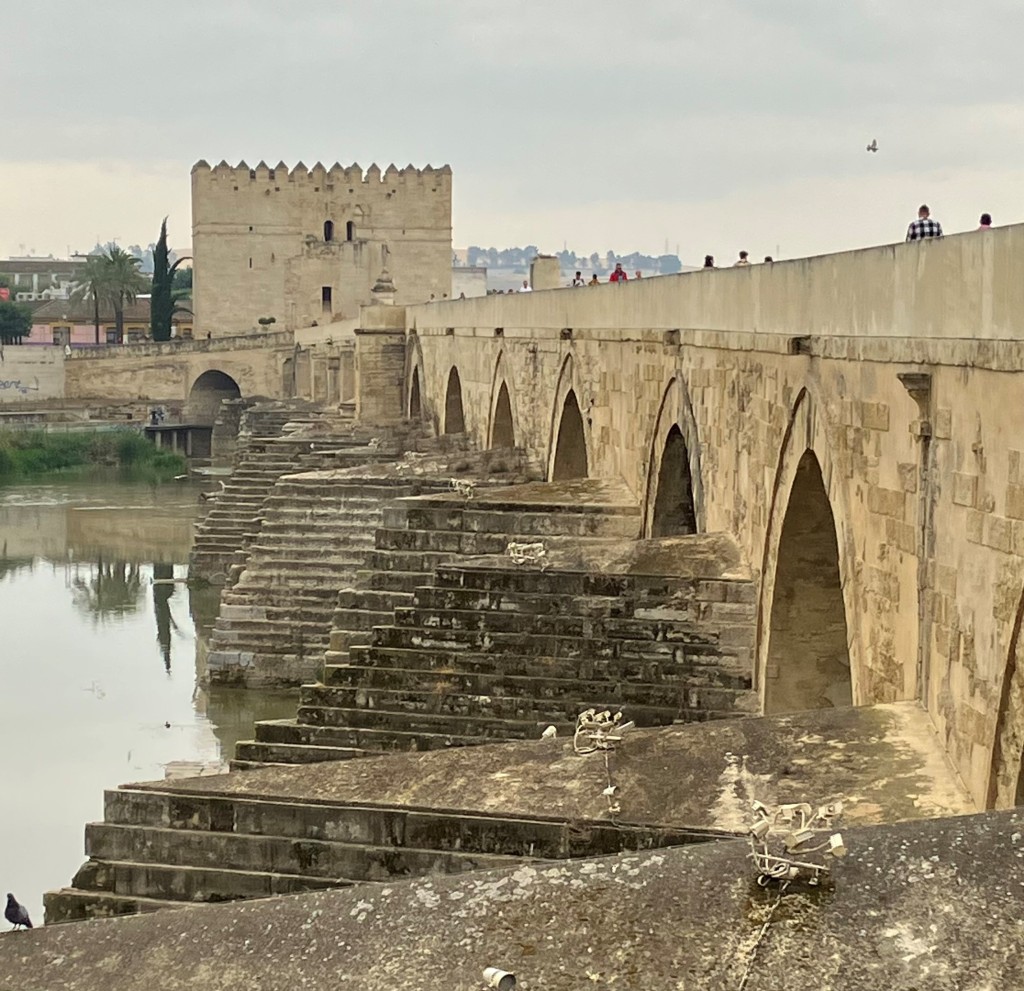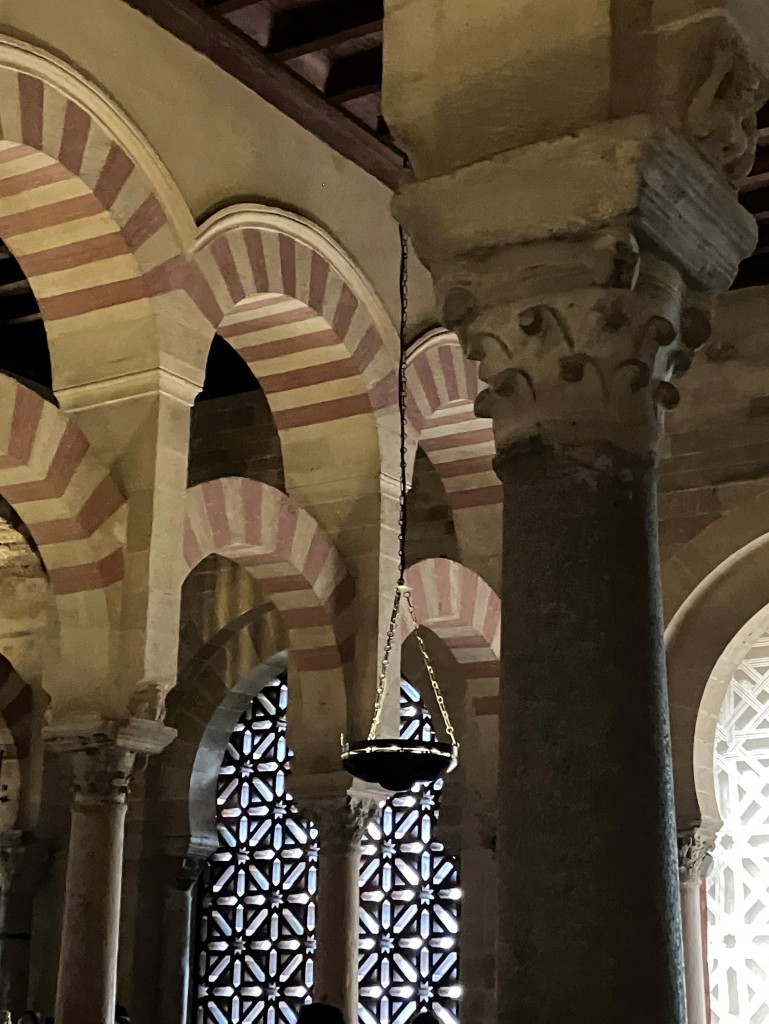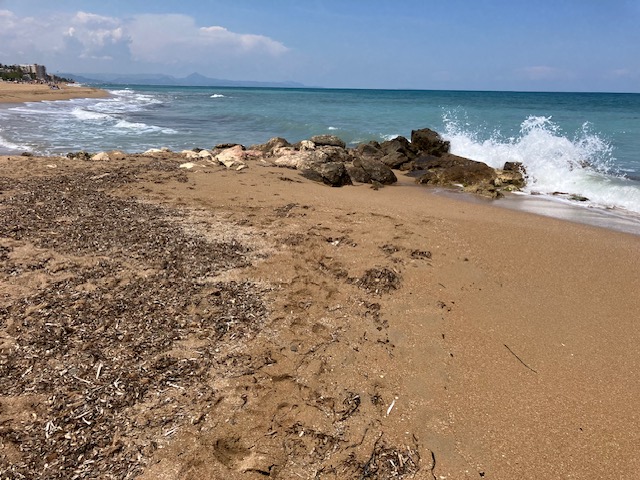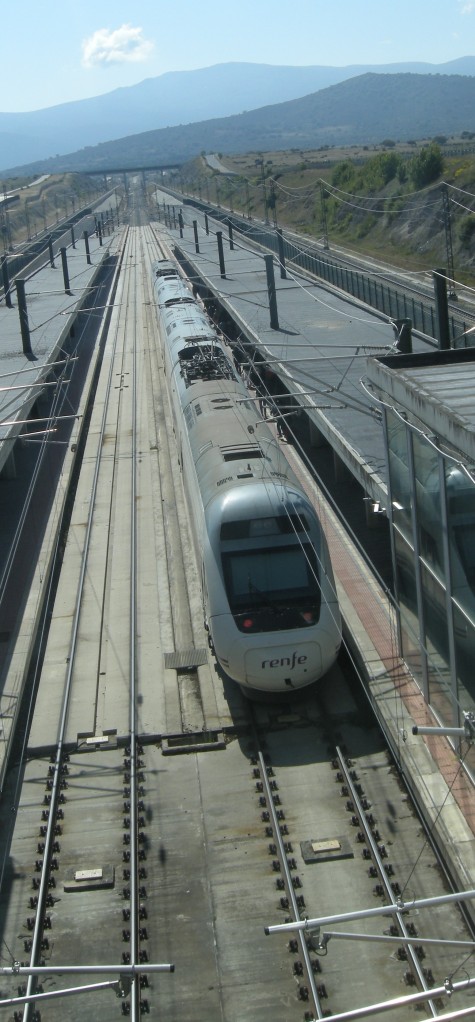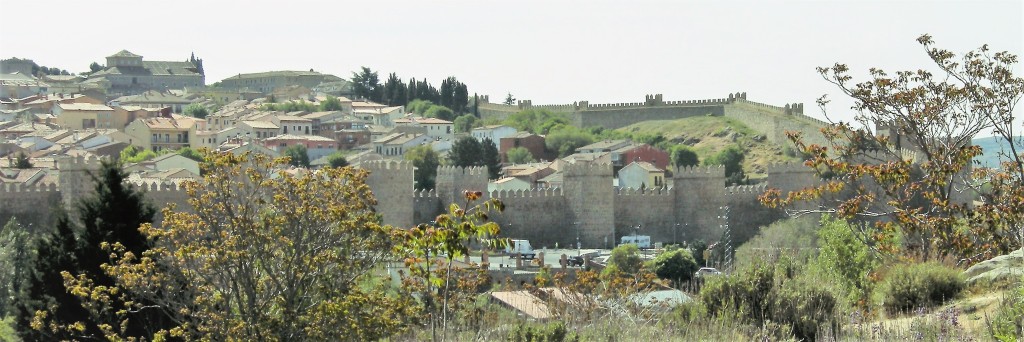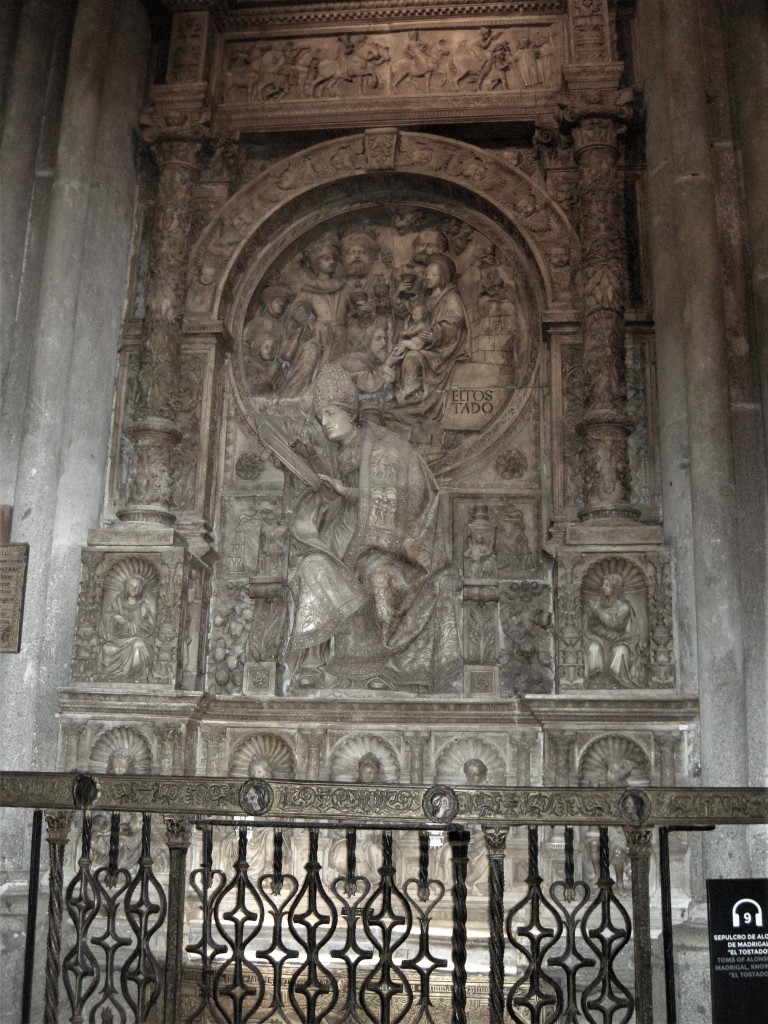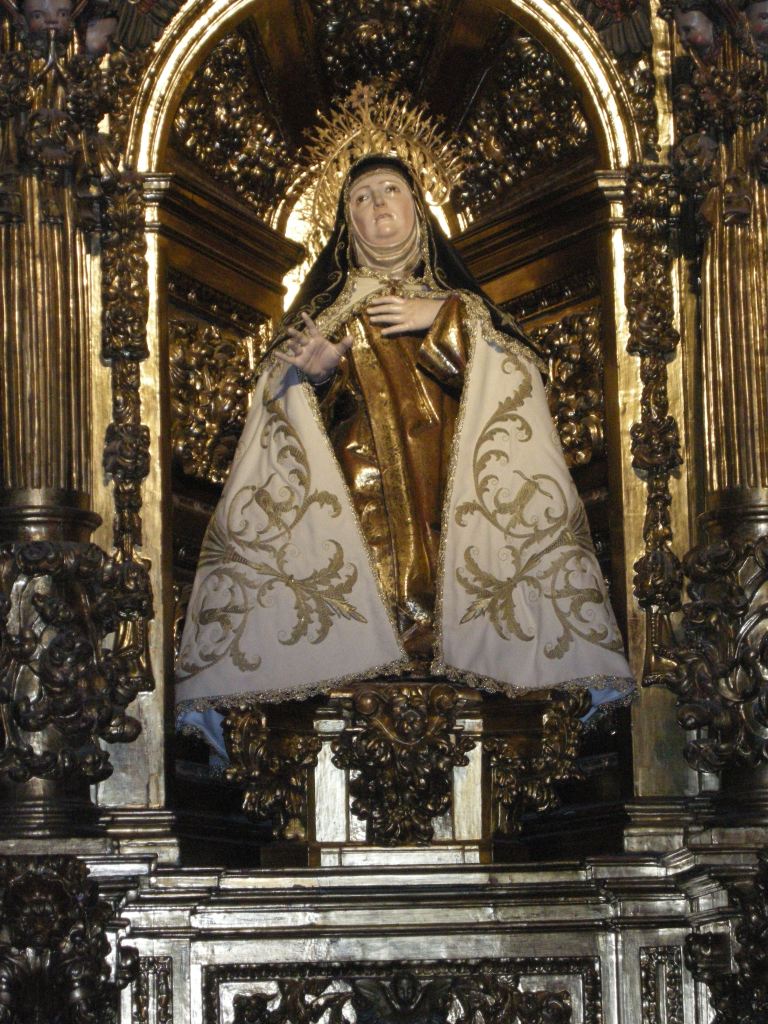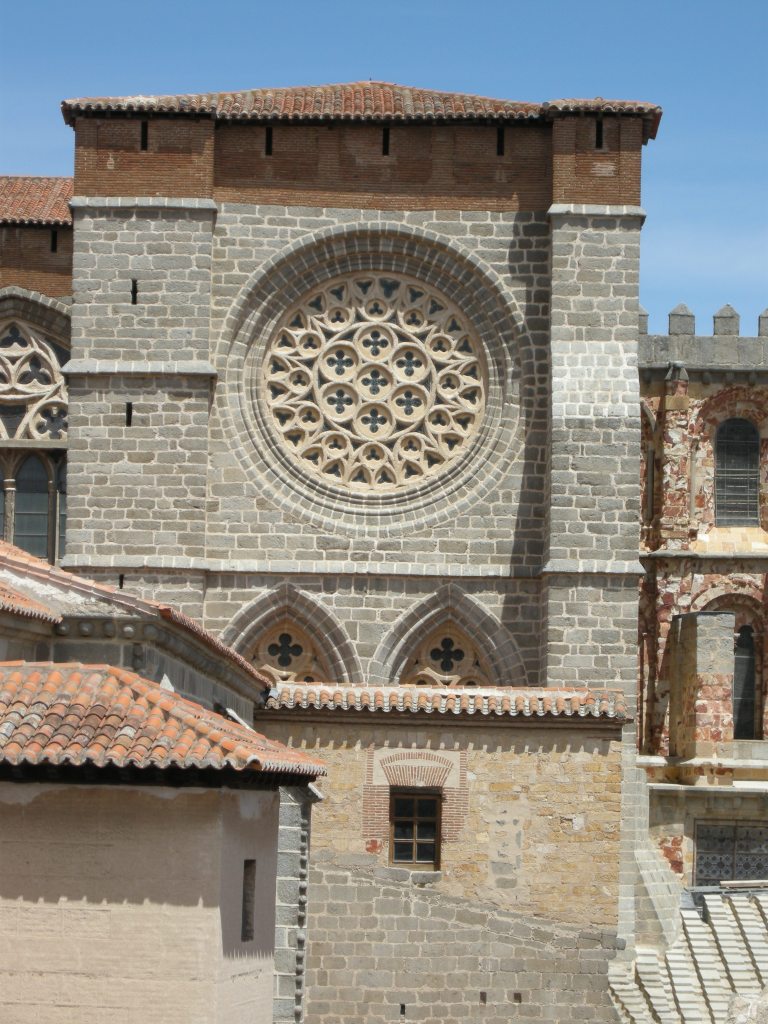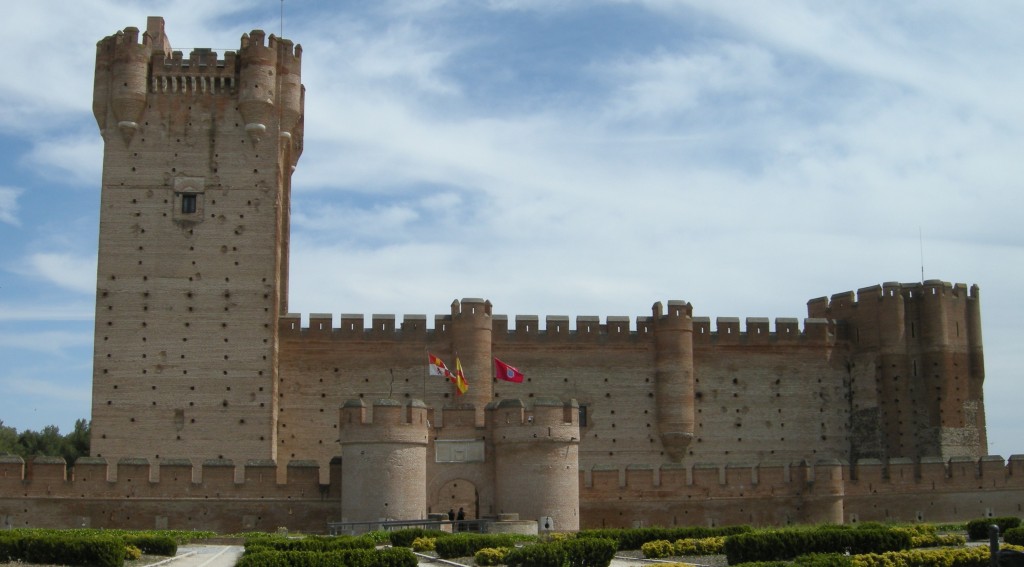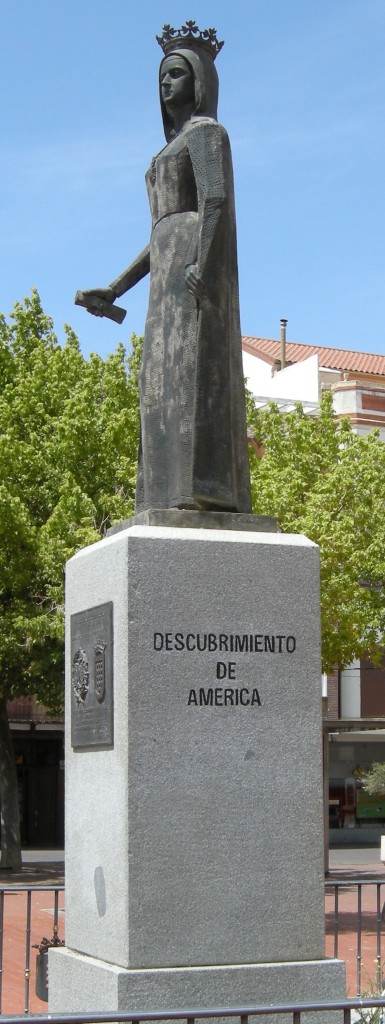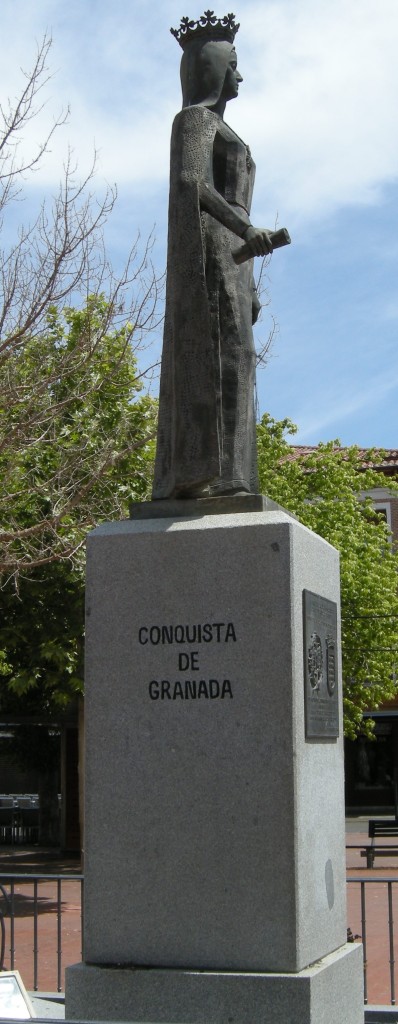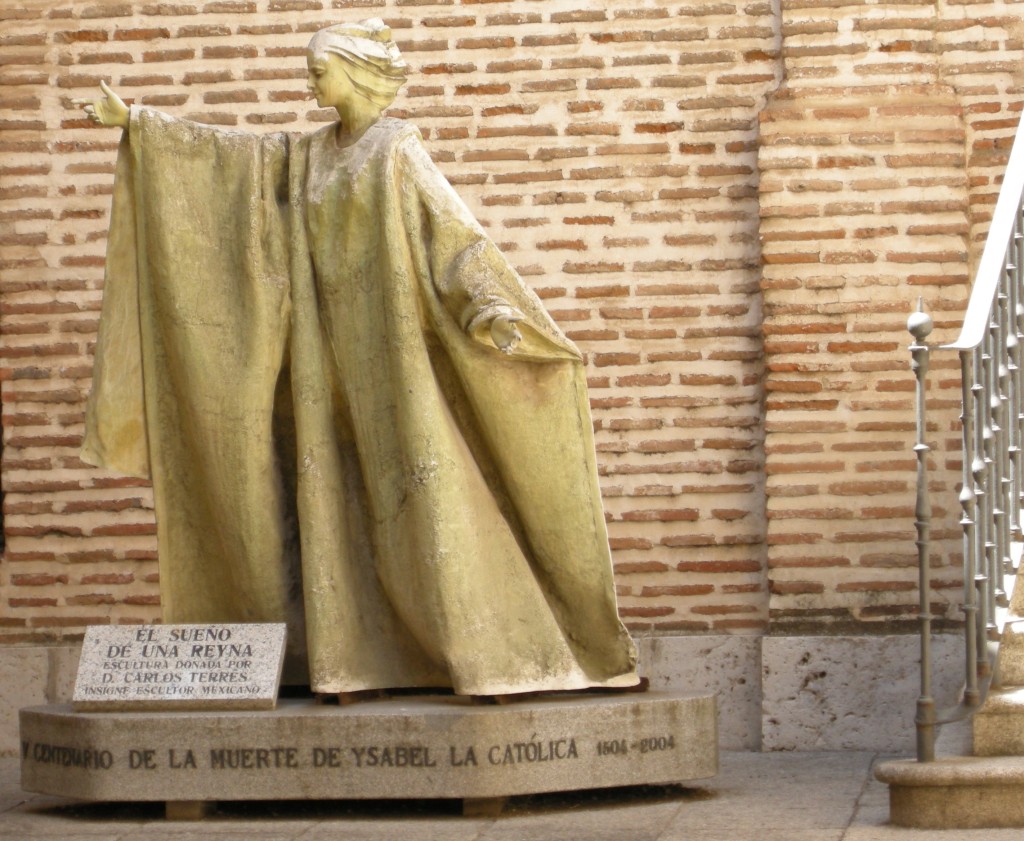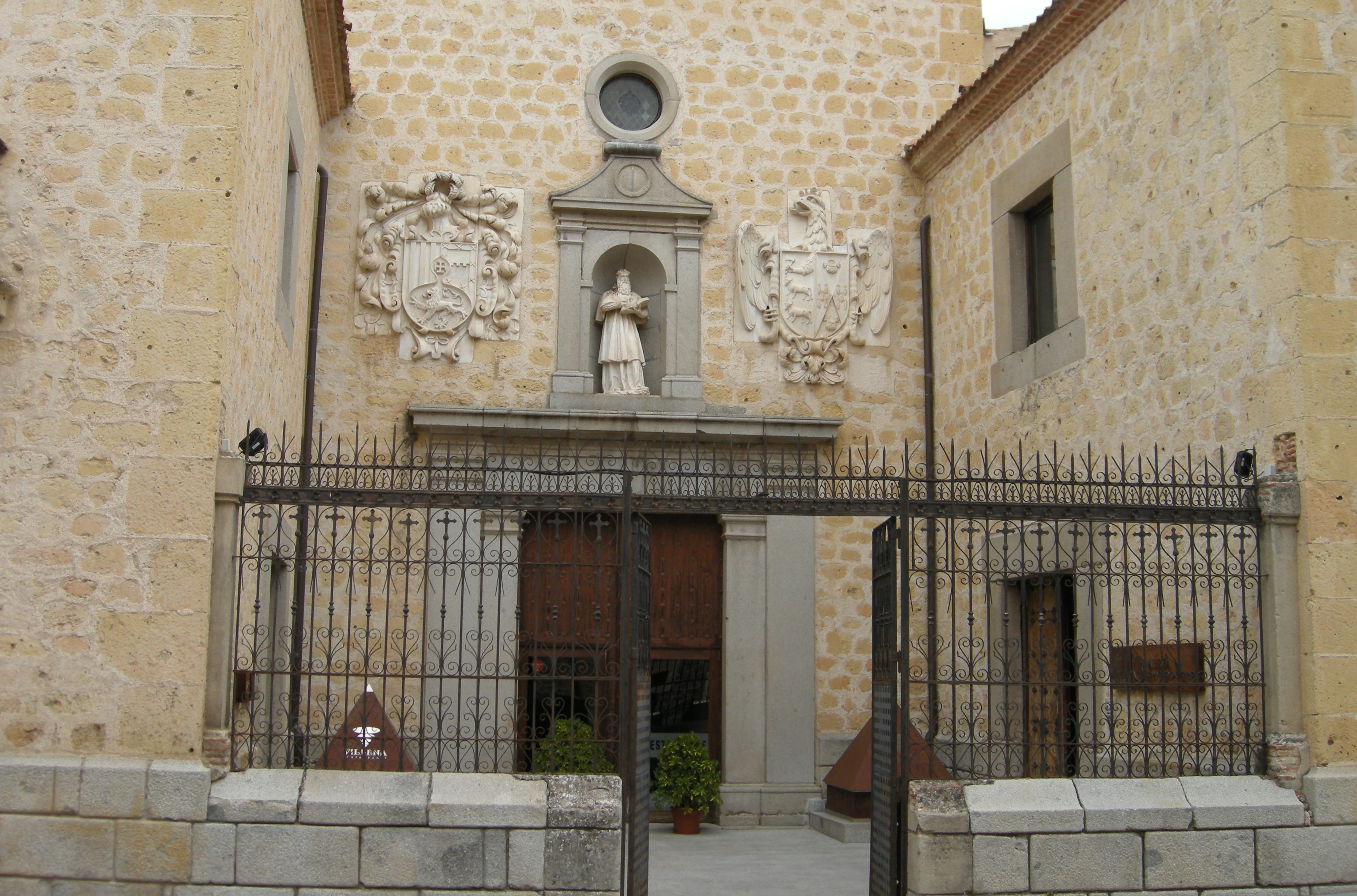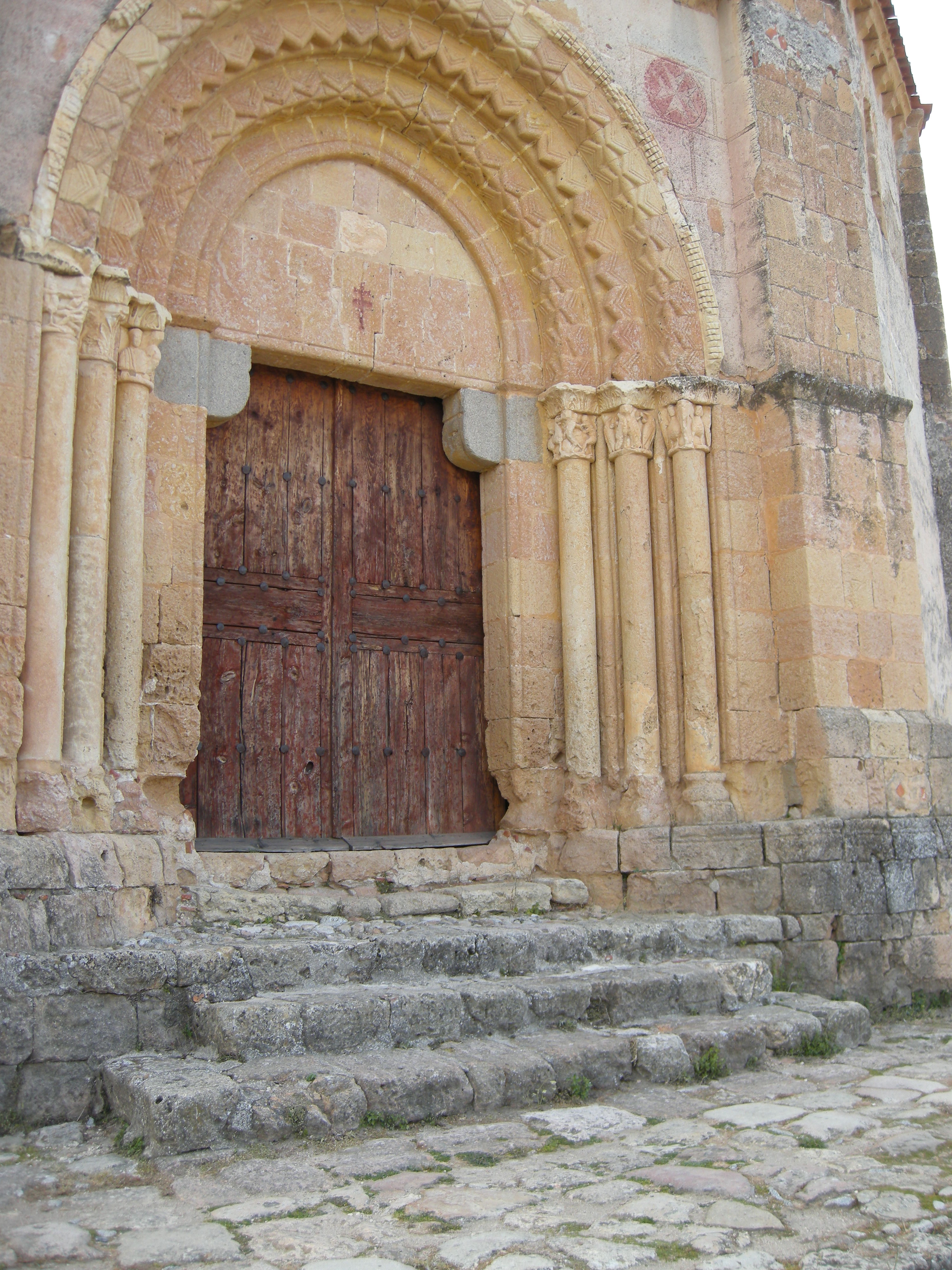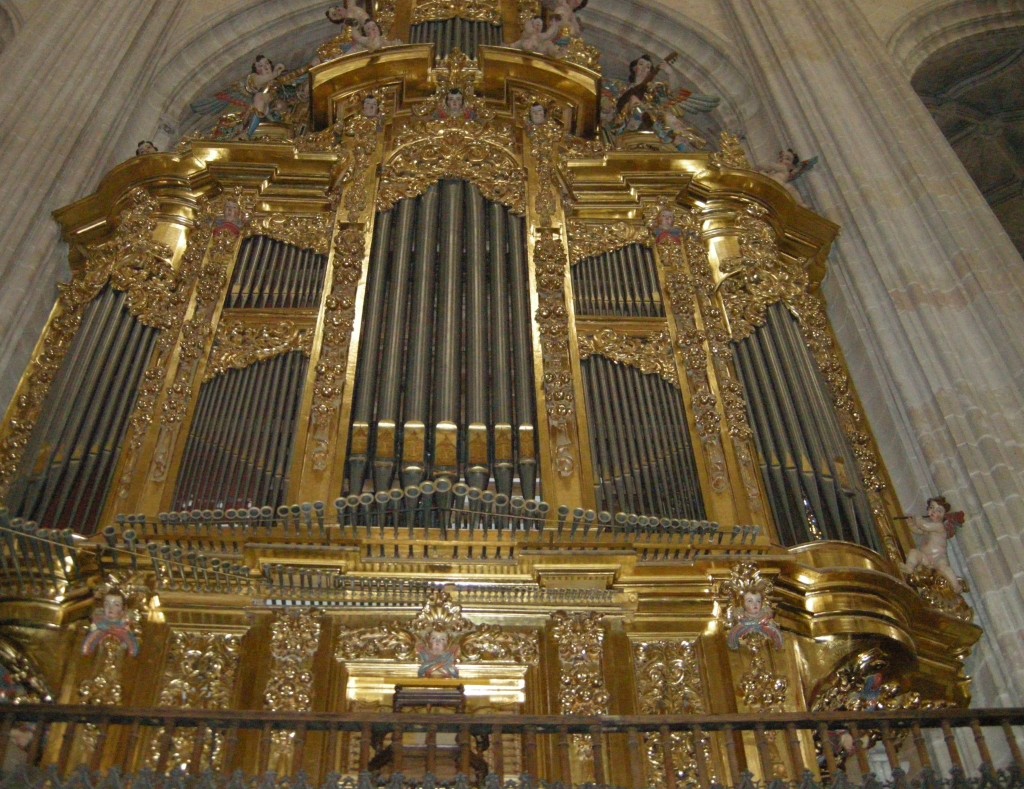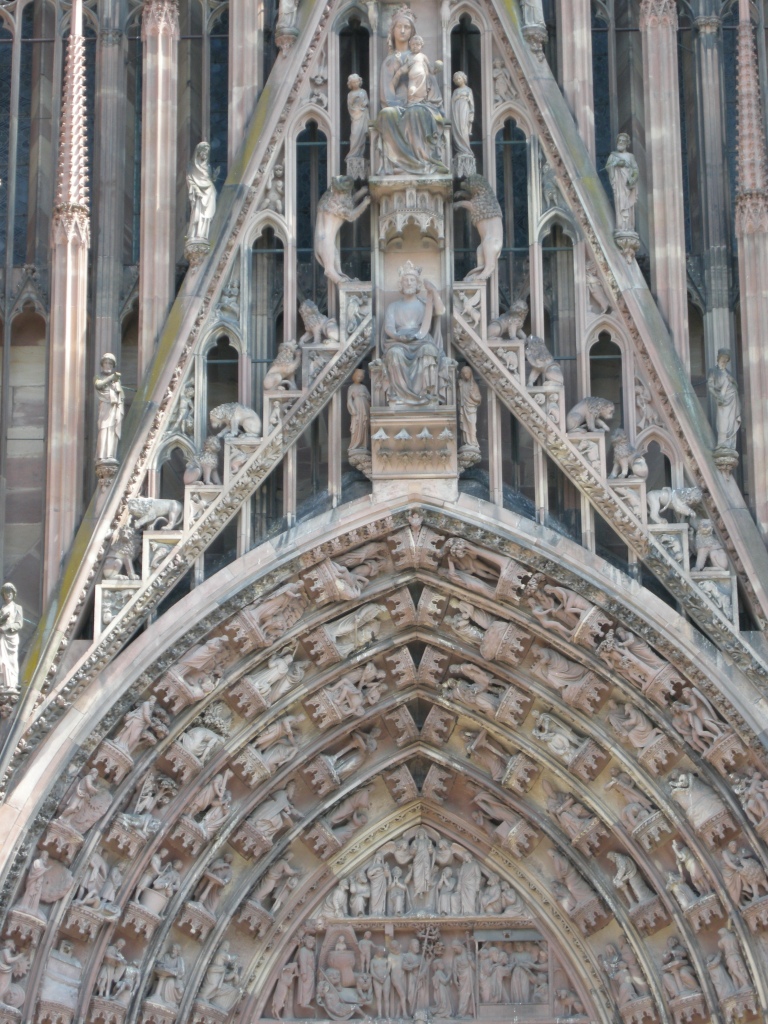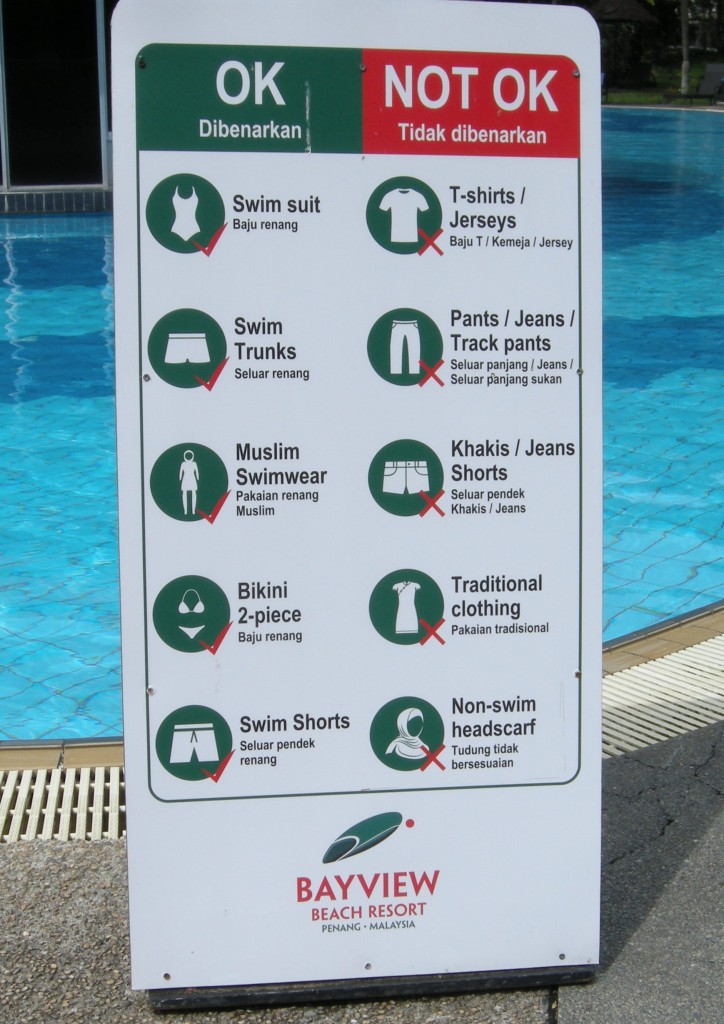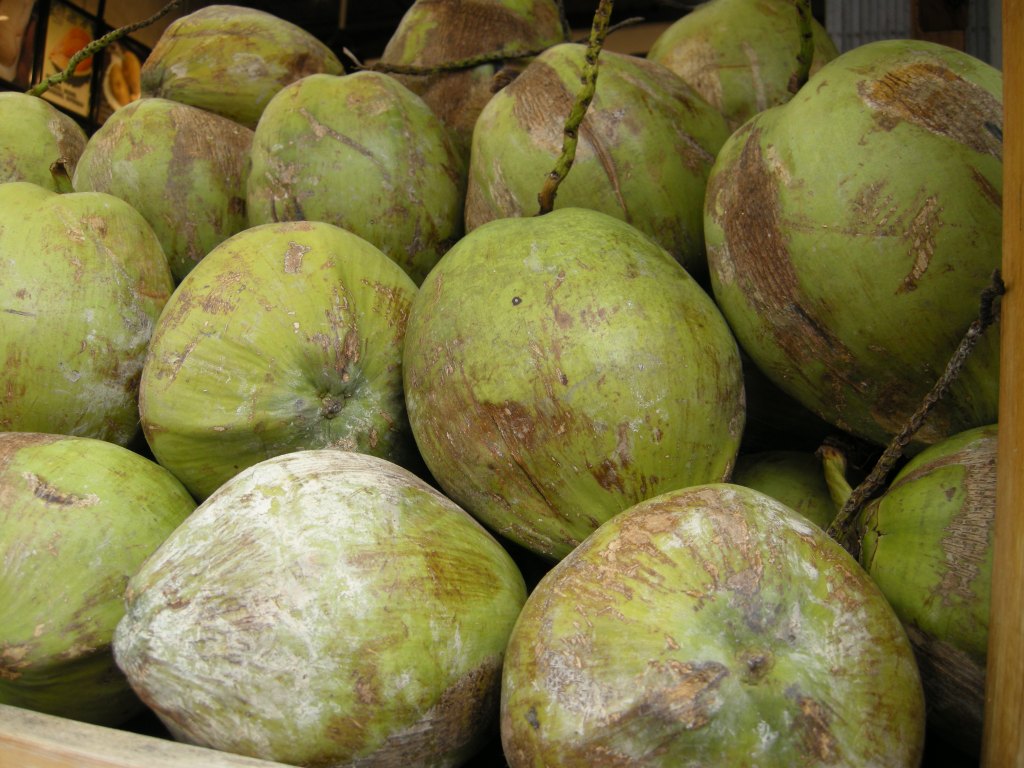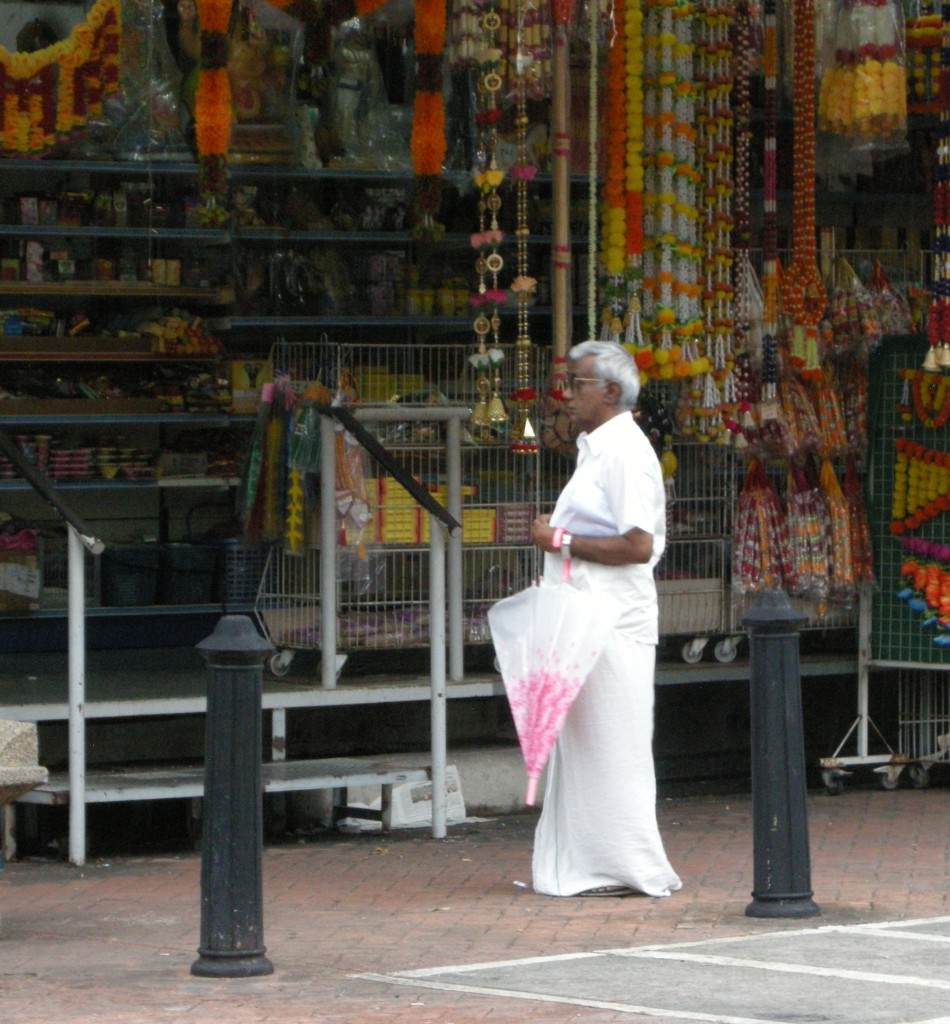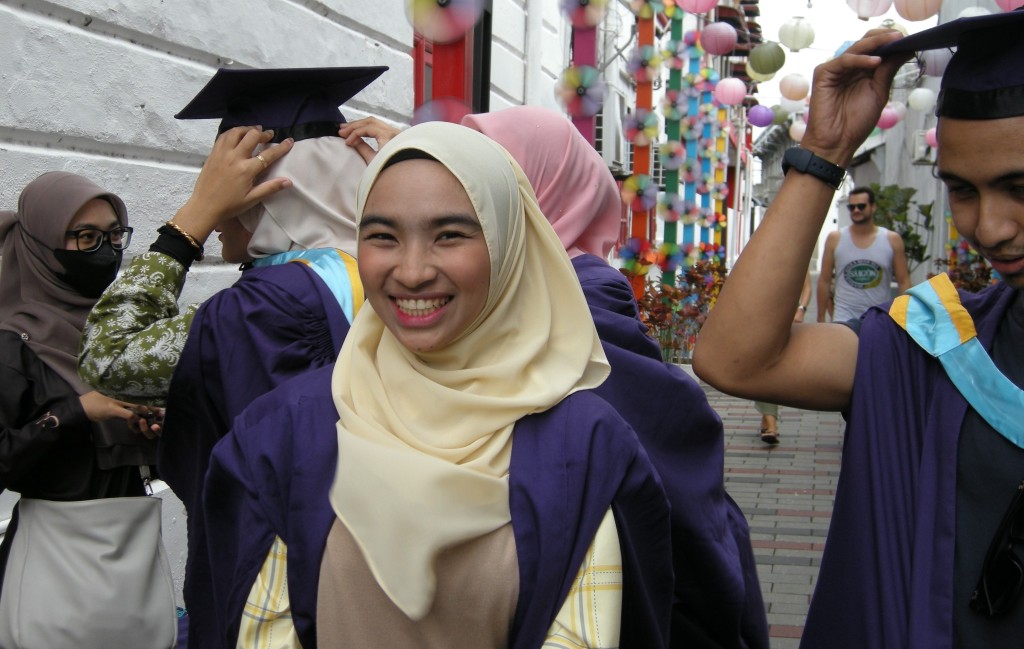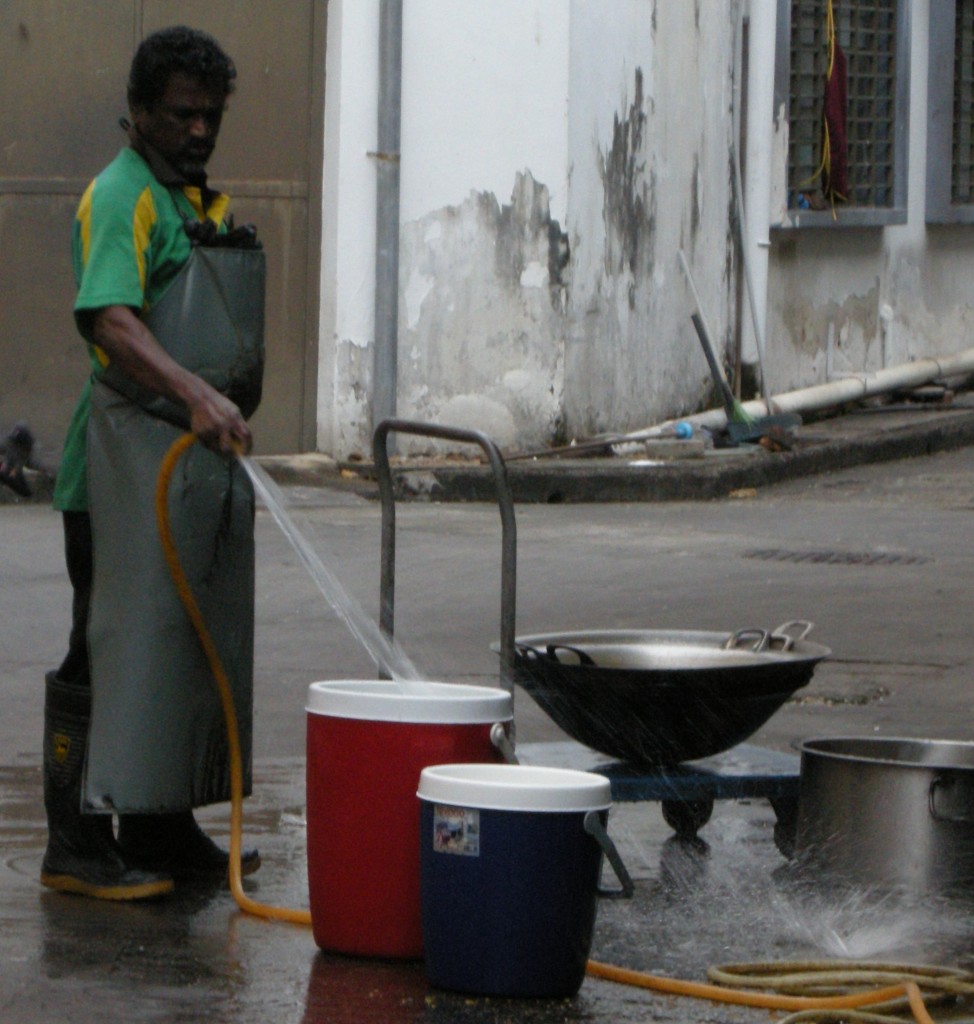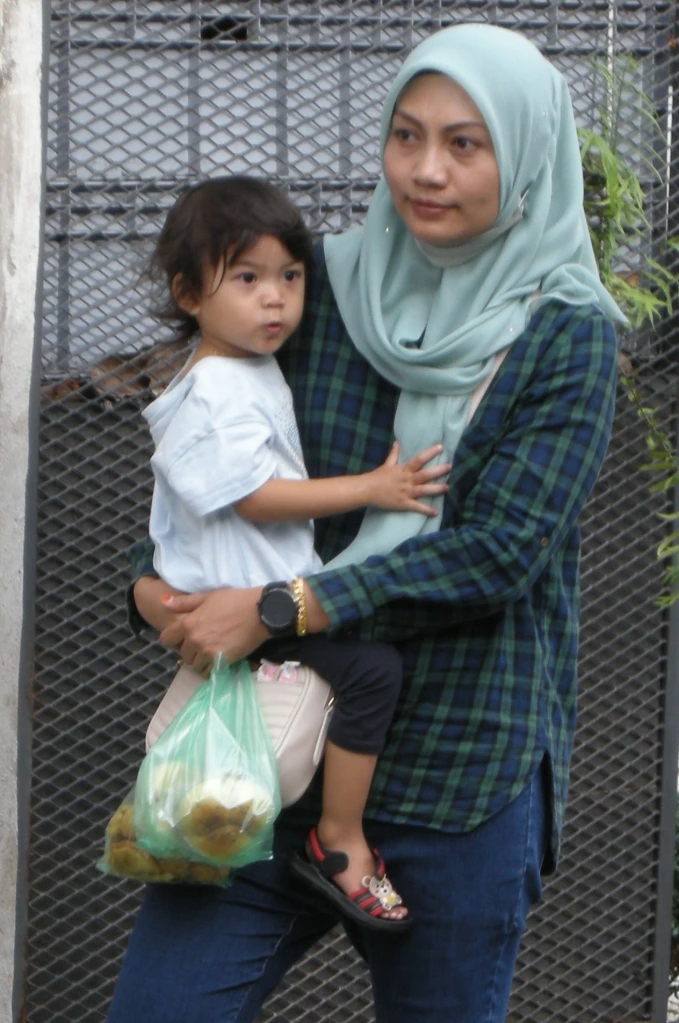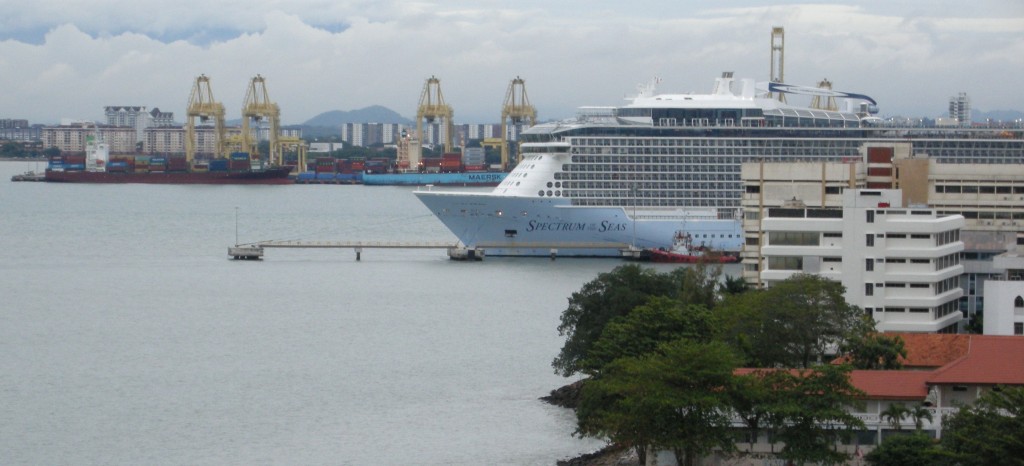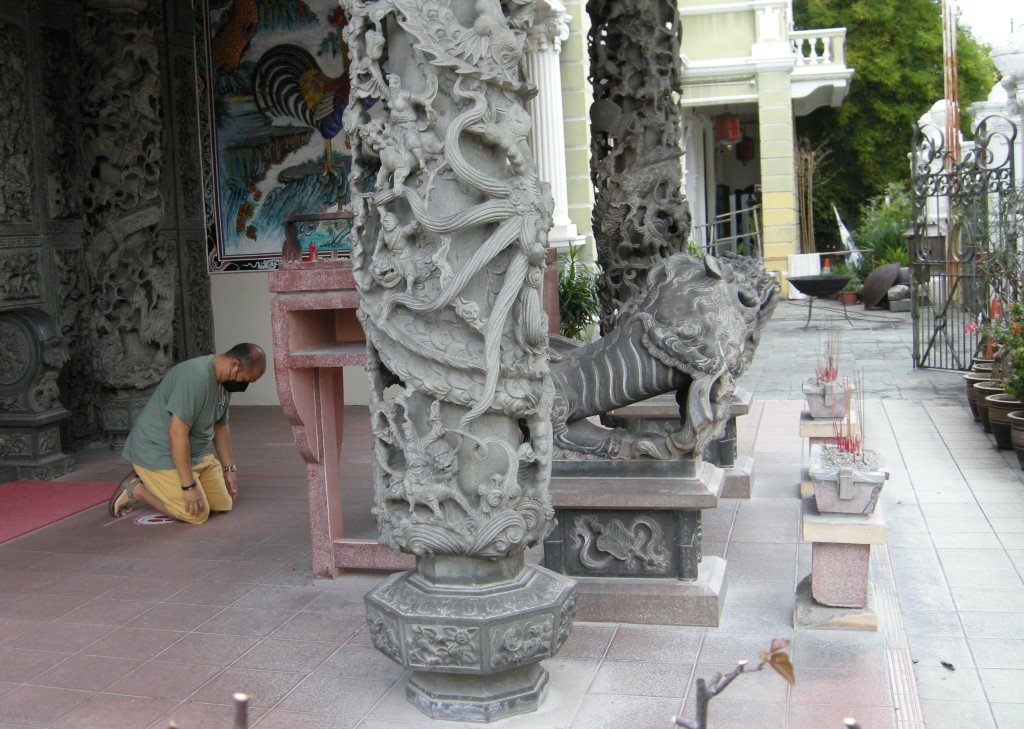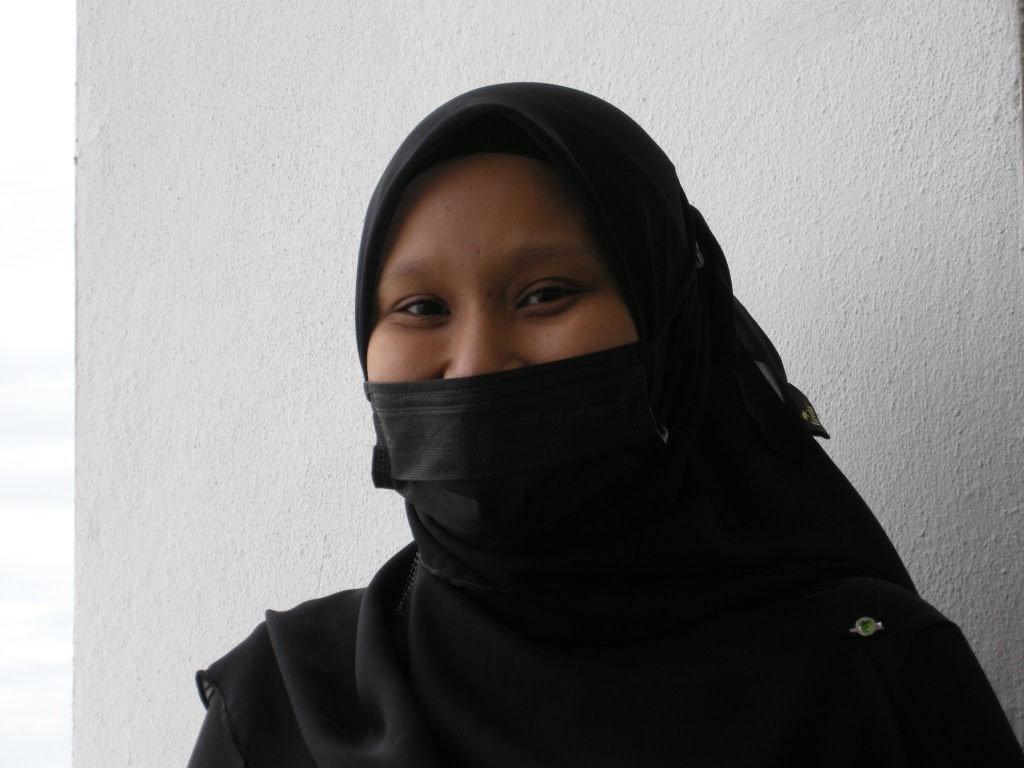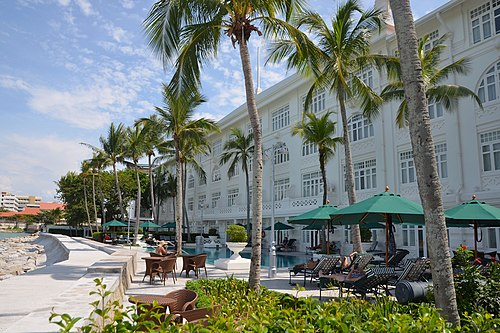Toledo is dramatically sited on a hill overlooking a gorge in a bend of the broad Rio Tajo.
It was important to the Romans, capital of the Visigoths, a glory of both Jewish and Muslim civilizations, the capital of Catholic Monarchs for over a century, and the spiritual center of Spain for the last thousand years.
Alejandro was the perfect guide for today–a professional archaeologist, former staff at Toledo’s Department of Antiquities, and currently pursuing a PhD in art history. “I hear you don’t want the usual tour,” he smiled when meeting me at the train station. “I’ll show you a few things you’ll like, I think.”
Alejandro had the keys–literally–to some amazing archeological sites that are not open to the public. We spent time underground at two different medieval sites, where, to his delight, I gasped in amazed appreciation. I saw a mikvah (Jewish ritual bath) carved out of exposed bedrock, and, at the bottom of a steep spiral staircase, a large cistern system. We had all the time in the world for each–in complete privacy. It was a traveler’s dream.
Back above ground, we saw the Monastery of St. John of the Kings. It was commissioned by Queen Isabel and King Ferdinand II to commemorate their victory over Alfonso V of Portugal in 1476.
Originally intended as their pantheon, they were instead buried in Granada Cathedral after conquering that city in 1492. I was moved seeing their tomb there last week. The north side of the enormous building features hundreds of sets of chains, a triumphant symbol of freeing Christian prisoners during the long Granada campaign.
I ended the day at a pair of unusual religious houses. “Santa Maria Synagogue” isn’t a phrase you hear often. The 12th-century Moorish-style building was the center of Toledo’s thriving Jewish community, until pogroms in 1391 and its appropriation by the Catholic Church, who now run it as a museum.
For our last stop, Alejandro took me to a Dominican convent of cloistered nuns. He’d been to preschool there as a child, and the nuns recognized him and greeting us warmly. The place was an island of serenity amid the chattering tourists and visual representations of war and Catholic martyrs. Their bakery smelled good, and looking at us like favored children, they gave us some sweet treats.
After 14 straight days of vacation it was the last bit of stimulation I could handle, and saying goodbye to Alejandro, I headed for the Madrid Airport Hilton.
Thanks for coming along.

